Have you ever wondered why certain qualities or traits are associated with masculinity or femininity? Or why we are attracted to certain types of people? The concept of anima and animus archetypes can help shed light on these questions. Let’s explore what is anima and animus and how they influence our behavior and relationships.
What is anima and animus?
Anima and animus meaning: Anima and animus are terms coined by the famous Swiss psychiatrist Carl Jung to describe the unconscious feminine and masculine aspects of a person’s psyche.
According to Jung, every individual has both an anima and an animus, an unconscious masculine and feminine persona, regardless of their gender identity. The anima represents the feminine aspect of the psyche in men, while the animus represents the masculine aspect of the psyche in women.
Jung believed that the anima and animus are archetypal images that reside in the collective unconscious, and they are shaped by cultural and biological factors. Jung also believed that they are influenced by our experiences and personal development.
For example, a man who was raised in a culture that values emotional expression may have a more developed anima than a man who was raised in a culture that values stoicism and self-restraint.
Similarly, a woman who has had positive experiences with assertive and independent men may have a more developed animus than a woman who has had negative experiences with such men.
According to anima and animus meaning, the anima and animus archetypes are not static; they can change and evolve over time, depending on the individual’s experiences and personal development.
Related: A Male Brain V/s A Female Brain: 13 Interesting Differences
What is anima?
Anima is the psychological concept that describes the unconscious feminine aspect of a person’s psyche, according to the Swiss psychologist Carl Jung. It is a part of the collective unconscious and is present in all individuals, regardless of gender identity.
In men, the anima represents qualities such as intuition, emotionality, and creativity, which are typically associated with femininity. The anima can become underdeveloped or unhealthy if it is neglected or repressed, which can lead to difficulties in relationships and personal growth.
Integrating the anima involves recognizing and accepting these feminine qualities and incorporating them into one’s personality.
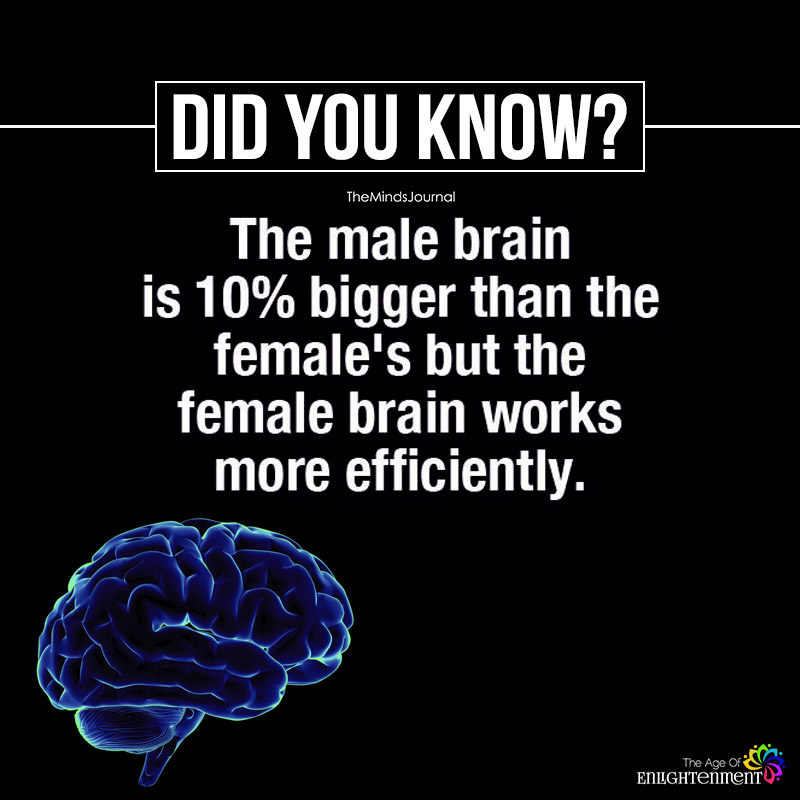
What is animus?
Similarly, the animus describes the unconscious masculine aspect of a person’s psyche. In women, the animus represents qualities such as assertiveness, independence, and rationality, which are typically associated with masculinity.
Integrating the animus involves recognizing and accepting these masculine qualities and incorporating them into one’s personality.
So in general, anima refers to a man’s inner feminine personality and animus to a woman’s inner masculine personality.
According to Jung’s anima and animus meaning, everyone – whether male or female – has aspects of both masculine and feminine psyche within. For a man, the inner feminine side is the anima, and for a woman the inner masculine aspect is the animus.
When you know what is animus and anima, you realize that these psychological concepts play an essential role in Jungian psychology and theory of personality, as it suggests that our inner self extends beyond our physical gender.
Understanding anima and animus archetypes
Anima animus are two parts of our personality that live inside our minds. These are not physical things, but rather psychological concepts that describe the unconscious feminine and masculine aspects of our personality. They can be thought of as archetypes, or universal patterns of behavior and thought that are present in all humans.
The anima and animus archetypes can influence our behavior and relationships in many ways. For example, they can cause us to be attracted to certain types of people or to project our own unconscious qualities onto others. They can also create tension and conflict in relationships if they are underdeveloped or unhealthy.
Integrating the anima and animus theory involves recognizing and accepting the qualities that are associated with the opposite gender and incorporating them into our personality. This can lead to greater self-awareness, personal growth, and healthier relationships.
Now that we know and understand what is anima and animus, let us look into some anima and animus examples.
Anima and animus examples
Examples of healthy, integrated anima/animus involve embracing and expressing qualities beyond one’s physical gender in a balanced way. Here are some anima and animus examples that will help us grasp the concept of what is animus and anima better –
1. A man who views women as emotional and irrational may have an underdeveloped anima (feminine side). His prejudices reflect his inability to accept that part of himself.
2. A woman in a male-dominated career who faces microaggressions and bias may struggle to integrate her animus (masculine side). She has to work harder to be assertive and command respect.
3. A man who loves to garden, cook and spend time with his children is in touch with his nurturing anima. He embraces traditionally “feminine” traits that give him joy.
4. A woman CEO who is decisive, ambitious and competitive exemplifies a well-integrated animus. She embraces stereotypically “masculine” qualities that help her succeed professionally.
5. A man who has mainly female friends and associates often finds that his anima is his guide in relationships. He is comfortable with his feminine nature and expresses it socially.
6. A woman who excels at sports, finds adventure and takes risks shows qualities of a healthy animus. She incorporates stereotypically “masculine” traits into her identity.
7. A man who distrusts and objectifies women likely has a shadow anima – a repressed, underdeveloped feminine side that manifests in unhealthy ways.
8. A woman who feels competitive with other women may have a shadow animus – a view of “femininity” colored by unconscious masculine biases and prejudices.
These are some of the most common and relatable anima and animus examples.
Related: Man Up, Like a Woman: A Deeper Look At ‘Masculine’ Energy
The role of anima and animus in relationships
Understanding what is animus and anima is important as the anima and animus theory play a significant role in our relationships with others. Jung believed that we are attracted to people who embody qualities that we lack in ourselves, and the anima animus represent those qualities.
For example, a man with an underdeveloped anima may be attracted to women who are nurturing, emotional, and intuitive, while a woman with an underdeveloped animus may be attracted to men who are independent, assertive, and rational.
However, as per anima and animus meaning, the anima and animus archetypes can also cause conflict in relationships. If a person’s anima or animus is underdeveloped or unhealthy, it can manifest as projection onto their partner.
For example, a man who is unable to connect with his own emotions may project his emotional needs onto his partner, expecting her to fulfill them. This can create tension and resentment in the relationship.
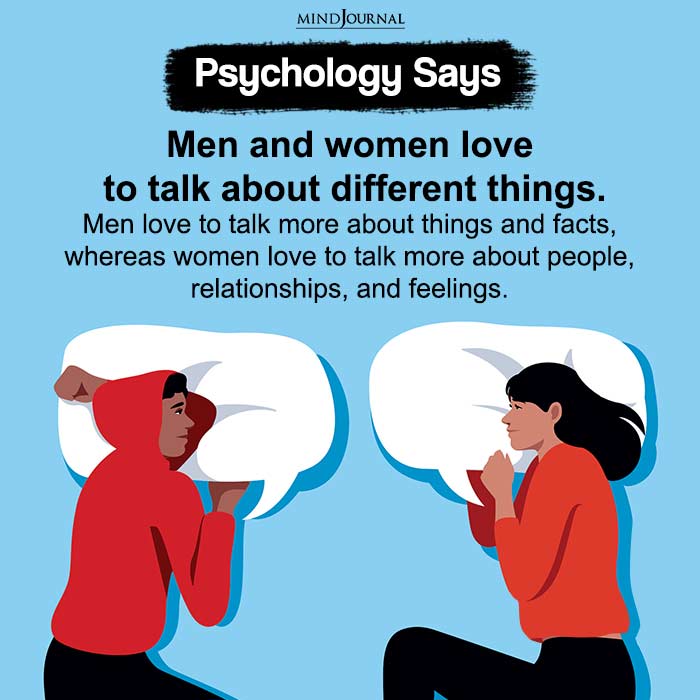
How using anima animus can improve relationships
To better understand how this psychological concept can help us improve our interpersonal relationships, let us consider an example –
Let’s say a man has an underdeveloped anima, which means he struggles with emotions and expressing himself in a healthy way. He may find himself attracted to a woman who is nurturing and caring, and he may feel like he needs her to fulfill his emotional needs.
This can create tension and conflict in the relationship, as the woman may feel overwhelmed and resentful of the man’s emotional dependence.
If the man works on developing his anima, he can become more emotionally aware and expressive. He can learn to connect with his own feelings and express them in a healthy way, without relying on his partner to fulfill his emotional needs.
This can lead to a more balanced and fulfilling relationship, as the man is able to take responsibility for his own emotional well-being and the woman is not burdened with fulfilling his emotional needs.
Similarly, a woman with an underdeveloped animus may struggle with assertiveness and independence in her relationships. If she works on developing her animus, she can become more assertive and independent, which can lead to healthier boundaries and a stronger sense of self.
This can also lead to more fulfilling relationships, as she is able to communicate her needs and desires more effectively and is not dependent on her partner for validation or fulfillment.
Integrating anima and animus
To become a more balanced individual, Jung believed that it is essential to integrate the anima and animus theory. Integration means recognizing and accepting the qualities that are associated with the opposite gender and incorporating them into one’s personality.
For example, a man may work on developing his emotional intelligence by connecting with his feelings and expressing them in a healthy way, while a woman may work on developing her assertiveness and logical thinking.
Integration requires self-awareness, self-reflection, and a willingness to explore and embrace the unfamiliar. It can be a challenging process, but it can lead to greater self-understanding, personal growth, and healthier relationships.
Related: The 7 Jungian Inner Child Archetypes: Which One Is Your Inner Child?
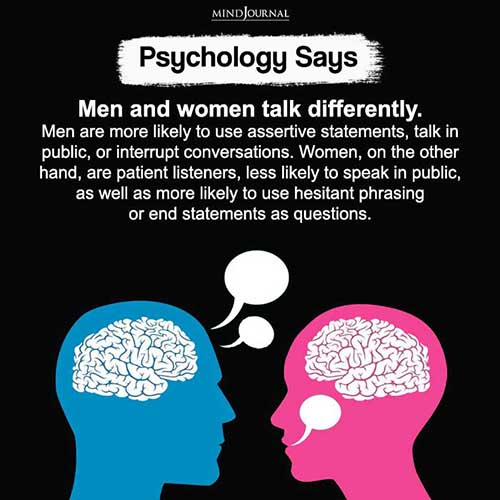
How to integrate the anima and animus
Here are some tips to help you start the process of integrating your anima and animus archetypes:
1. Self-reflection
Start by reflecting on your personality and behavior. Consider the qualities that you associate with masculinity or femininity and how they manifest in your life. Ask yourself whether you tend to overemphasize certain qualities while neglecting others.
2. Identify your projections
Pay attention to the qualities that you are attracted to in others and the qualities that irritate or repel you. This can help you identify projections onto others that may be related to an underdeveloped anima or animus.
3. Embrace the unfamiliar
Try to explore and embrace qualities that you may not typically associate with your gender identity.
For example, if you are a man, you may try to connect with your emotions and express them in a healthy way. If you are a woman, you may try to develop your assertiveness and independence.
4. Creative expression
Engage in creative activities that allow you to explore your unconscious mind. Writing, painting, or other forms of art can be a powerful tool for self-expression and self-discovery.
5. Mindfulness
Practice mindfulness meditation to develop greater self-awareness and inner stillness. This can help you observe your thoughts and emotions without judgment, allowing you to become more conscious of your unconscious patterns.
6. Seek support
Consider working with a therapist or counselor who specializes in Jungian psychology. They can provide guidance and support as you navigate the process of integrating your anima animus.
Remember that the process of integrating the anima and animus theory is not a quick fix. It is a lifelong journey that requires patience, self-awareness, and a willingness to explore and embrace the unfamiliar.
However, the rewards of greater self-understanding, personal growth, and healthier relationships can be significant.

Bringing opposites into balance
Anima and animus are unconscious archetypes that play a significant role in our behavior and relationships. By recognizing and integrating these archetypes, we can become more balanced individuals and experience more fulfilling relationships.
The key to a healthy anima-animus relationship, according to Jung, is balance between opposites. By embracing both our masculine and feminine qualities with awareness and grace, we come into alignment with our whole self.
In the end, the anima and animus remind us that gender is just one aspect of our complex humanity. Our true nature extends far beyond the physical forms we inhabit.
Related: Overcoming The 7 Inner Archetypes that Sabotage Your Confidence And Self-Respect
Frequently Asked Questions (FAQs):
What is an example of Anima and animus?
An example of anima is a man embracing his sensitive and nurturing side, while animus is a woman confidently displaying assertiveness.
How do you identify Anima and Animus?
Anima can be identified in men through sensitivity and connection with emotions, while animus in women through assertiveness and independence.
What is a woman’s animus?
A woman’s animus represents her unconscious masculine qualities, such as assertiveness, independence, and logical thinking, as proposed by Carl Jung.


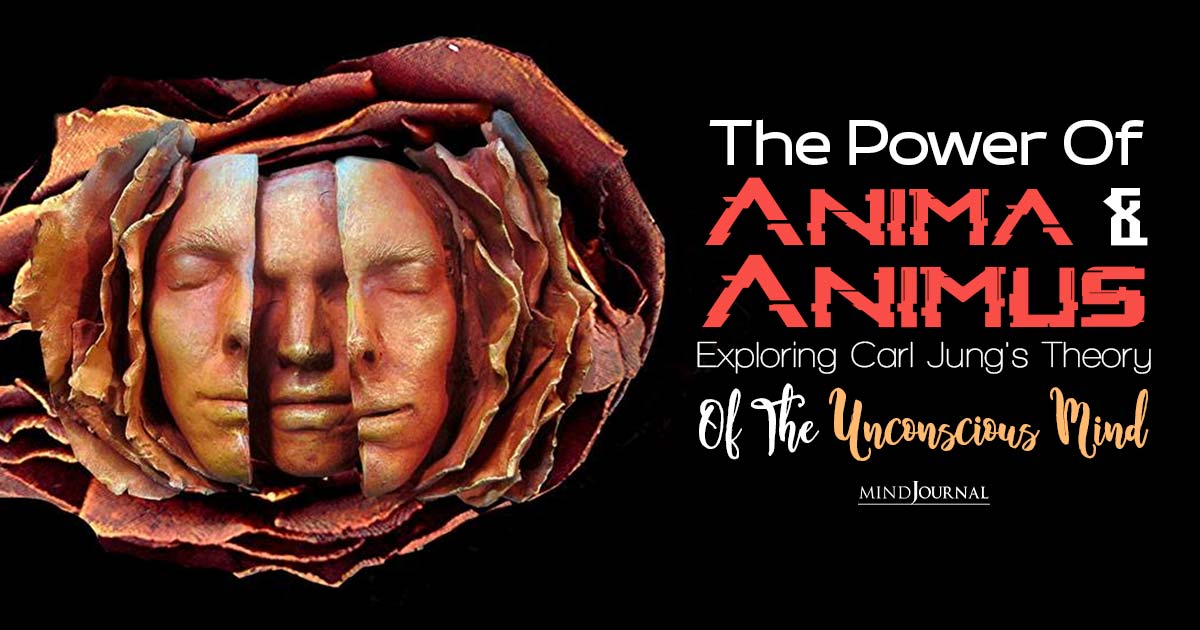





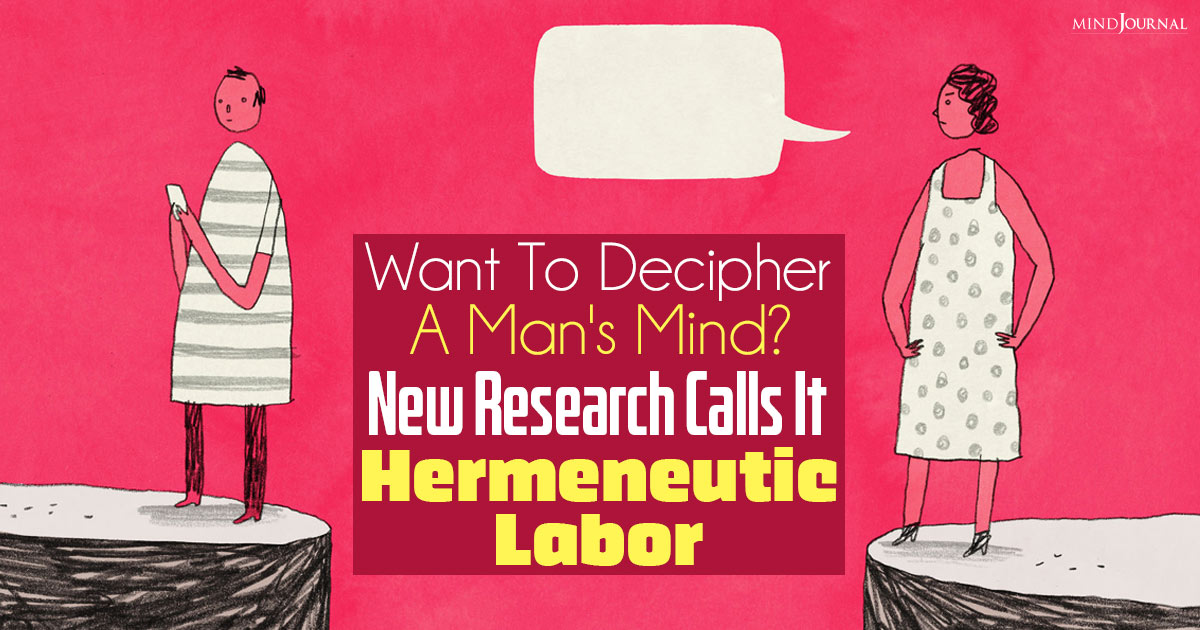

Leave a Reply